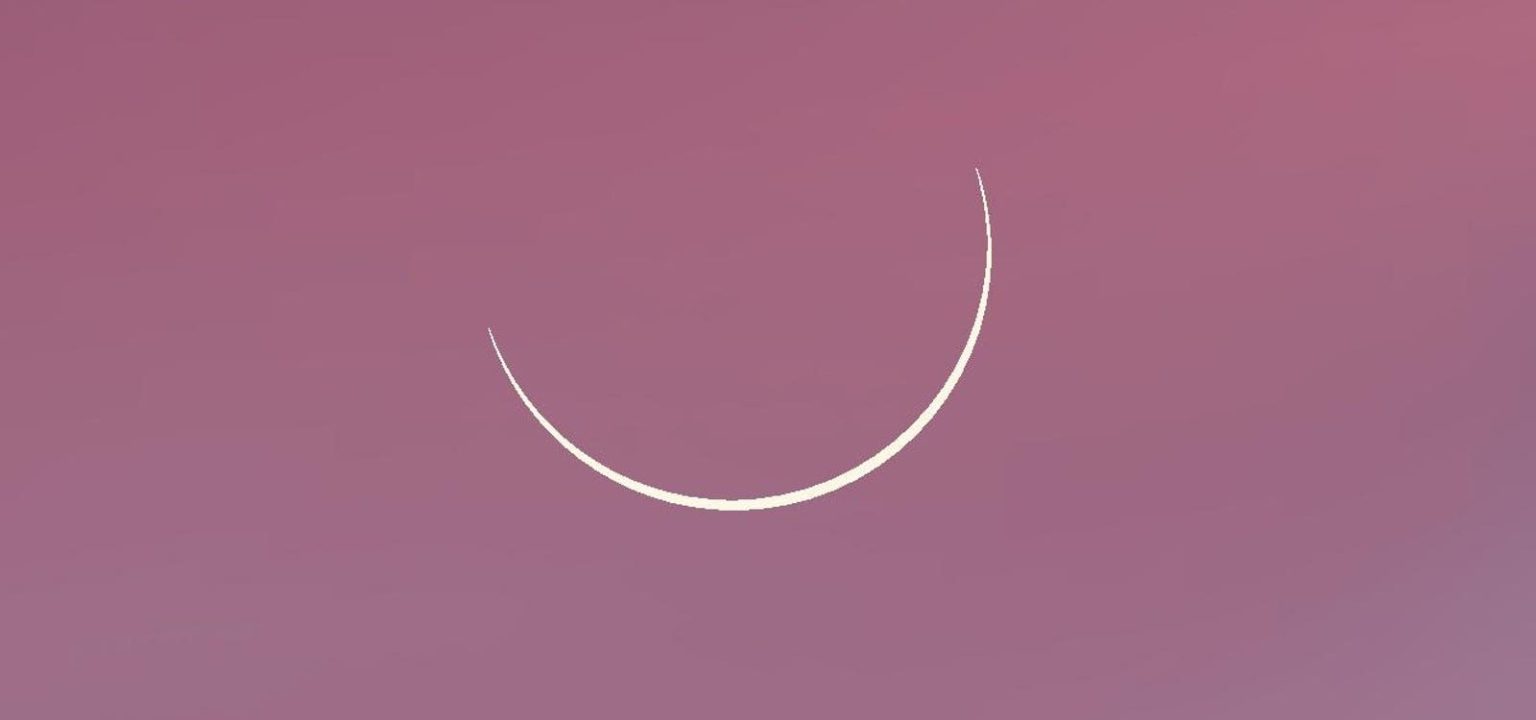Following the recent total solar eclipse in North America, skywatchers can look forward to two more celestial events. On either April 9 or April 10, the new moon that caused the eclipse will emerge as a super-slim crescent alongside a rare bright comet during Monday’s totality. This occurrence holds significance for Muslims as it signals the end of Ramadan 2024 and the beginning of Eid Al-Fitr, the festival of breaking the fast.
The crescent moon after the new moon is known as the “Shawwal Moon” in the Islamic calendar, which is based on lunar phases. The sighting of this moon marks the end of the fasting month and the beginning of Eid Al-Fitr. The “Shawwal Moon” can be seen in the southwestern sky shortly after sunset, but the exact time of its appearance depends on the location and visibility conditions. To observe this event, a low western horizon and binoculars are recommended.
The “Shawwal Moon” could potentially be seen on either Tuesday, April 9, or Wednesday, April 10, depending on the location. On the following nights, Thursday, April 11, and Friday, April 12, skywatchers can also enjoy spotting Jupiter and comet 12P/Pons-Brooks, as well as the Pleiades open star cluster. Thursday will feature a 14%-lit crescent moon next to the Pleiades, while Friday will offer the closest view of Jupiter and the comet.
Comet 12P/Pons-Brooks, which visits the inner solar system every 71 years, is currently visible in the western sky after sunset. Discovered in 1812 by Jean Louis Pons in France and confirmed in America in 1883 by William R. Brooks, the comet is a rare sight that is sinking below the horizon a few hours after sunset. Skywatchers are encouraged to keep an eye out for this unique event and enjoy the wonders of the night sky.
As the moon emerges as a super-slim crescent alongside the rare bright comet, skywatchers are in for a treat with these upcoming celestial events. These occurrences hold cultural and astronomical significance, making them a must-see for those interested in the wonders of the night sky. Whether observing the “Shawwal Moon,” Jupiter, or comet 12P/Pons-Brooks, clear skies and wide eyes are all that are needed to witness these unique celestial events.


